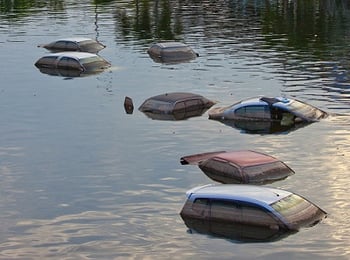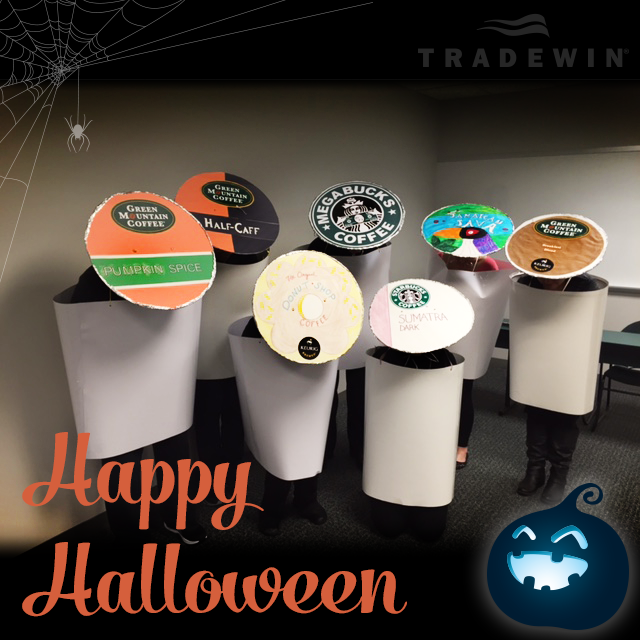First and foremost, I wanted to THANK our Customers and Colleagues around the world for the best year that Tradewin has ever had.
Thanksgiving and the 4th of July are my personal favorite holidays. Every year, I take off the Tuesday and Wednesday before Thanksgiving. This tends to be one of the few times of the year when there are no Customs Audits, the budgets are done, and my phone is a little quieter. I have a tradition of getting lost in the woods with my dogs for hours during those days. It is quiet, the New England leaves are beautiful, and its gives me a chance to think about everything and nothing. The Germans have an elegant word for this… “Waldeinsamkeit”. Ok, maybe it isn’t that elegant, but it’s apt.
As we work our way to the Holiday season and its frantic pace, don’t forget to take the time to pause, reflect, and think about what you have accomplished and what still needs to be accomplished. Then act. Never forget to act.
If you need help along the way, give Tradewin a call. We are here to help.







